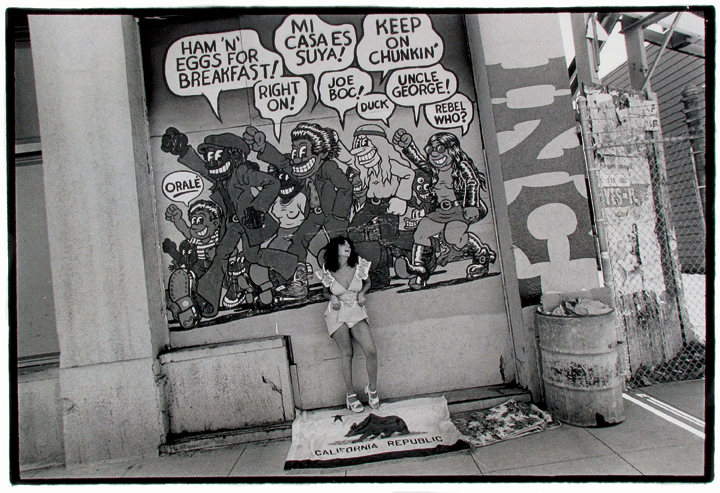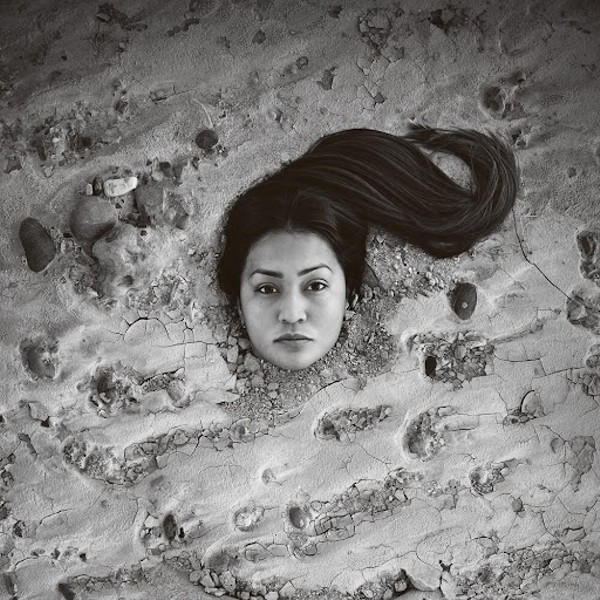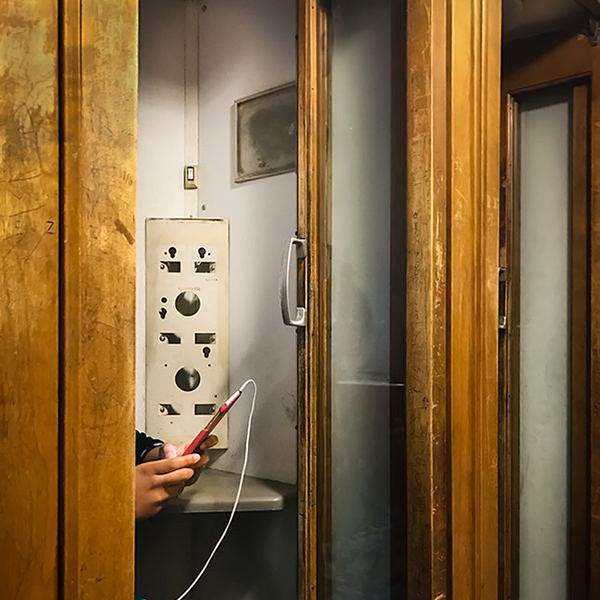
Steven Schoen, Sherwood’s son, returned from serving with the Signal Corps in Vietnam in 1970 and helped organize the gallery. He had minored in humanistic education at the University of Wisconsin and soon found himself teaching anywhere that would have him. Writing a grant with a friend, Schoen noticed that Sing Sing was on the Hudson River, and proposed teaching photography there. To his surprise, the grant was awarded, and Schoen’s prison ministry began. This led to a book of photographs, Sing Sing: The View from Within, in 1972. Eventually, the Floating Foundation had programs at the Green Haven, Rahway, Bedford Hills, Taconic, and Fishkill correctional facilities.
Meanwhile, at the art gallery, Lisette Model and Gene Smith were two of the superstars. Many art photographers got their starts at the Floating Foundation, including Peter Hujar and Eva Rubinstein. “We would sell the photographs for $25 or $35. Gene Smith we would sell for $100,” Schoen recalls. “Nowadays, some of those photographs are worth $15,000!”
Photography as we know it was still being invented in the ’70s, and Sherwood was in the vanguard. She experimented with a fisheye lens, solarization, and shooting through cellophane from a cigarette box. One of Sherwood’s fascinations was “spirit photography”—images of ghosts and other discorporate beings. Next to Sherwood, Bob D’Alessandro has the most photographs in the show (six), including one of him reading a newspaper with the headline NIXON RESIGNS, as he pisses, naked, in the New Mexico desert.
Beth E. Wilson, a lecturer at SUNY New Paltz (and former visual arts editor of Chronogram) curated the show. In addition to 130 photographs, she included a “conversation corner” filled with wicker furniture similar to that on the boat, next to a coffee table of photography books. A slide show tells the story of this unlikely venture, and a video records an interview with Steven Schoen, who tells stories with the novelistic relish of a Mississippi barber.
Sherwood died of cancer in 1984, and soon after, the purple catamaran was sold. But the Floating Foundation still exists, and is centered in High Falls, from where it occasionally sponsors a movie at the Rosendale Theater or an art show at the Rosendale Library.
“Maggie Sherwood and the Floating Foundation of Photography” will appear at the Samuel Dorsky Museum at SUNY New Paltz until April 8. A panel discussion moderated by Beth E. Wilson on March 12 at 7pm will include Steven Schoen, Bob D’Alessandro, Eva Rubinstein, and photo critic A. D. Coleman. (845) 257-3844; www.newpaltz.edu/museum.
















